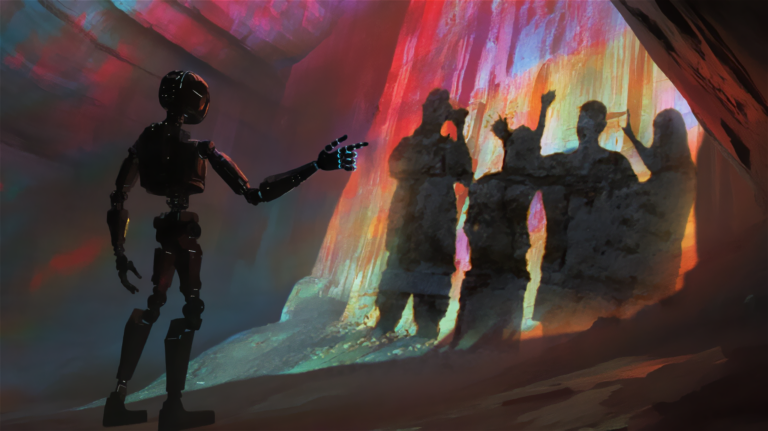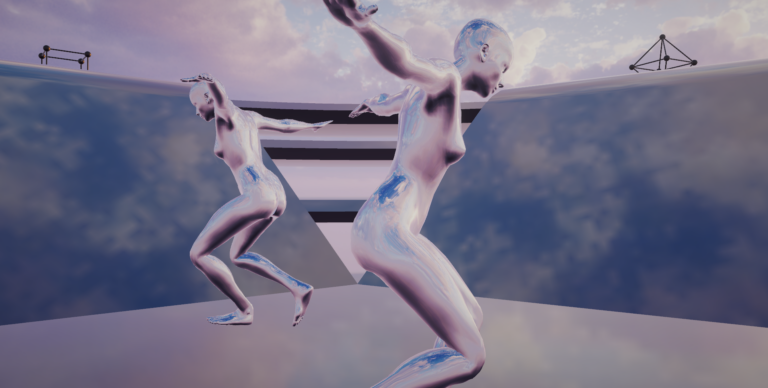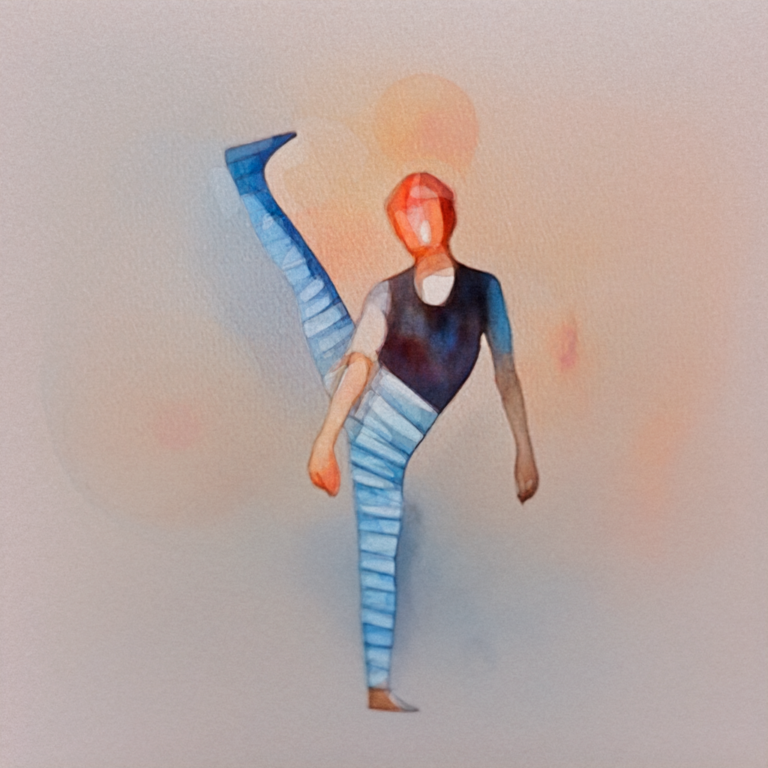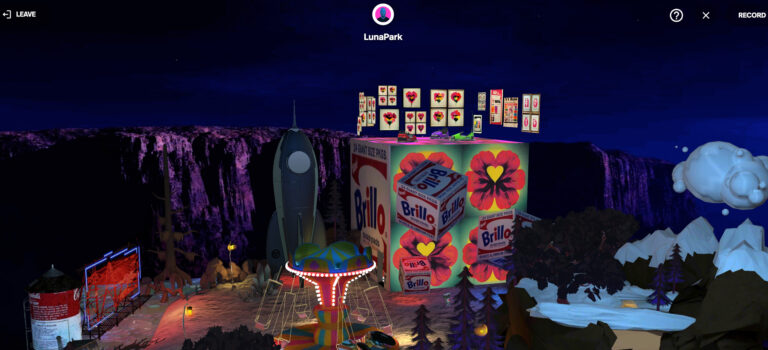Introduction: Reimagining Creativity in Digital Shadows
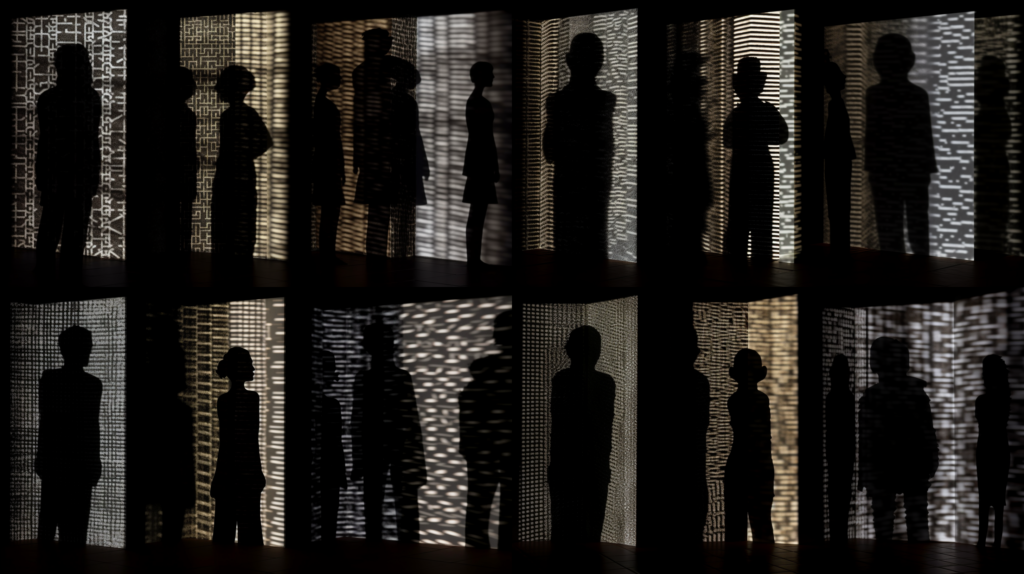
Building upon Plato’s Allegory of the Cave, where shadows projected on a wall were the only reality known to the prisoners, today’s AI technologies present a modern counterpart to these shadows, particularly through diffusion models in generative art.
Much like Plato’s shadows, AI-generated images are projections—representations shaped by vast datasets and patterns of light and texture, synthesized by the machine’s learning. These “shadows” of AI, crafted by algorithms, echo the mysteries of form and perception, giving rise to a new visual language in the realm of digital art.
In this era, artificial intelligence is not merely a passive tool; it actively collaborates with artists, becoming a creative partner that shapes, questions, and expands our understanding of art. Just as shadows in the cave invited philosophical reflection, AI-generated art invites us to rethink creativity, presence, and authorship in a world where the digital blurs into the real. In exploring this new terrain, we enter a profound transformation in how art is created, perceived, and experienced.
I. AI as a Historical Continuum
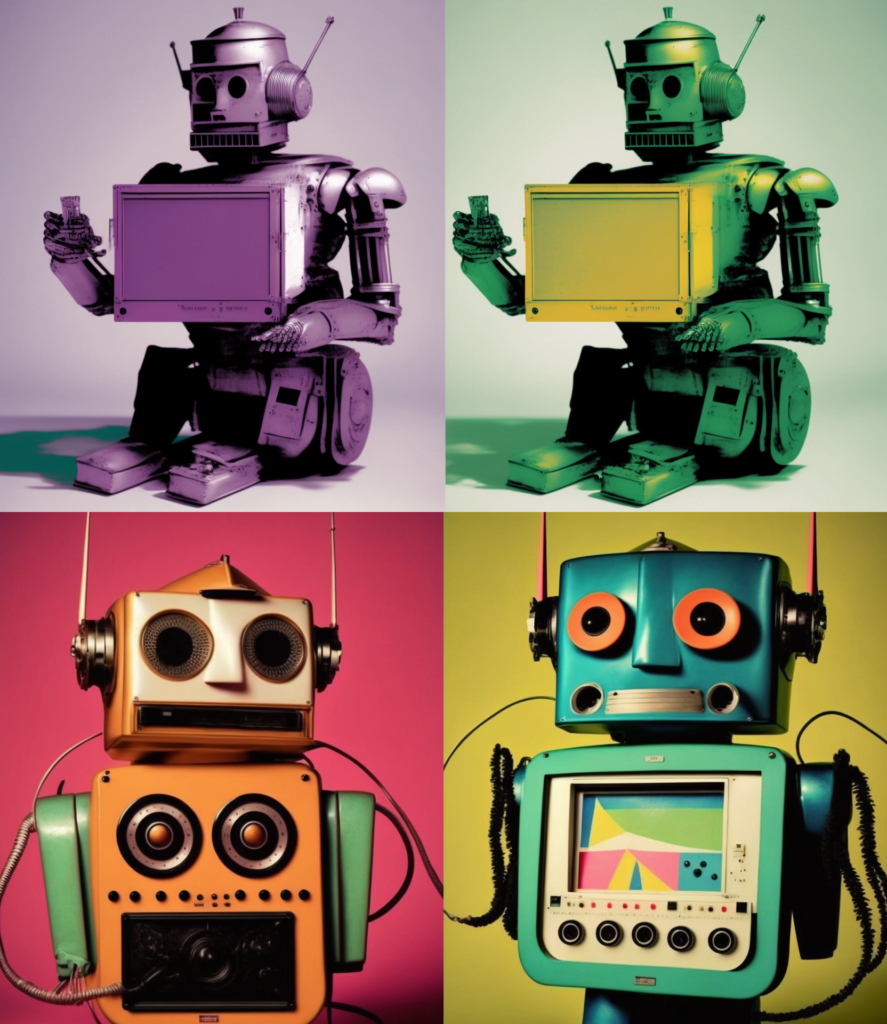
Throughout history, technology has been a catalyst for artistic expansion and redefinition. Just as the Renaissance advanced art through new perspectives on anatomy and light, artists like Leonardo da Vinci blended art with science, seeking a deepened understanding of the natural world. Similarly, the invention of photography in the 19th century revolutionized visual representation, prompting painters to embrace abstraction and subjective interpretation. In the 20th century, figures like Marcel Duchamp, Andy Warhol, and Nam June Paik used emerging technologies to challenge norms, redefine relationships between artist and audience, and create art that was itself a critique of mass production and consumer culture.
Today, AI enters this continuum as a transformative tool, reshaping how artists create and audiences engage. It amplifies the democratizing impulse that photography and digital media began, allowing artists from all backgrounds to generate new forms, techniques, and interpretations. AI doesn’t simply automate art; it extends human creativity beyond traditional boundaries, continuing the legacy of technological exploration in art.
II. The Human-Machine Collaboration: A New Symbiosis
AI, unlike any prior technology, introduces a form of creative partnership that goes beyond augmentation. Artists working with machine learning algorithms and generative adversarial networks (GANs) are part of an iterative, experimental process where AI’s output informs human input, forming a hybrid creation that reflects both machine-driven unpredictability and human intent. This collaboration echoes the concept of “controlled chance” celebrated by Dadaists, where randomness is an active element in creativity.
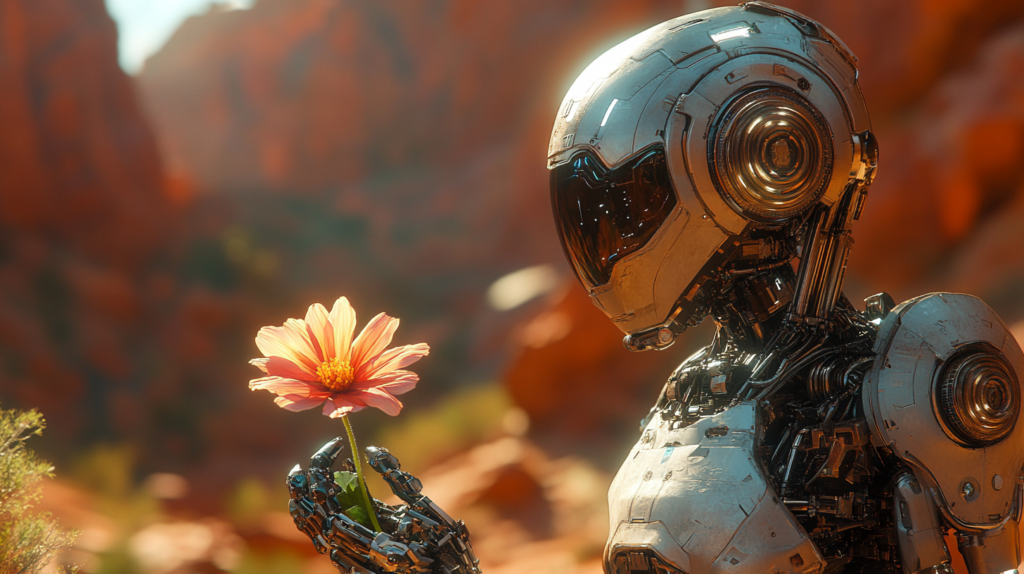
In this new partnership, artists become curators of AI-generated content, orchestrating a symphony of digital and human creativity. This symbiosis enables artists to probe deeper into what creativity means, continually rethinking their role as both creator and director in the co-creative process. With each interaction, AI and artist shape one another’s contributions, creating an ever-evolving dynamic.
III. Redefining Creative Agency and Authorship in the Age of AI
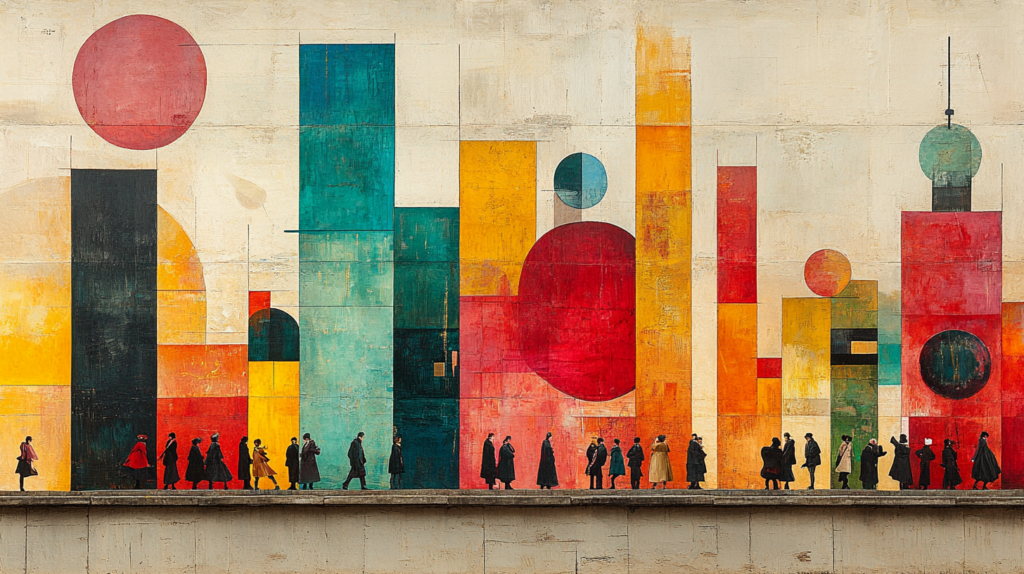
The notion of authorship has long been central to art, rooted in the artist’s unique vision. Yet, as AI gains the capacity to generate, interpret, and emulate, questions arise about ownership and agency. If art is co-created by AI, who then is the author? This shift echoes movements like Bauhaus, which emphasized function over individualism and embraced a collective creativity, now shared between artist and machine.
AI opens a new chapter in authorship, allowing artists to explore aesthetics and patterns that might elude individual capabilities. In this shared dynamic, the artist no longer exclusively owns the outcome but rather participates in a complex, fluid authorship that mirrors the collective creative potential of humanity and machine.
IV. A New Language of Art: Interactive, Generative, and Infinite
AI expands the lexicon of artistic expression beyond static forms, inviting artists and audiences into immersive, generative, and interactive worlds. This digital medium invites engagement, evolving with each interaction, and responding to audience presence—a departure from art as a finished product, embracing modernist ideals of process and transformation.
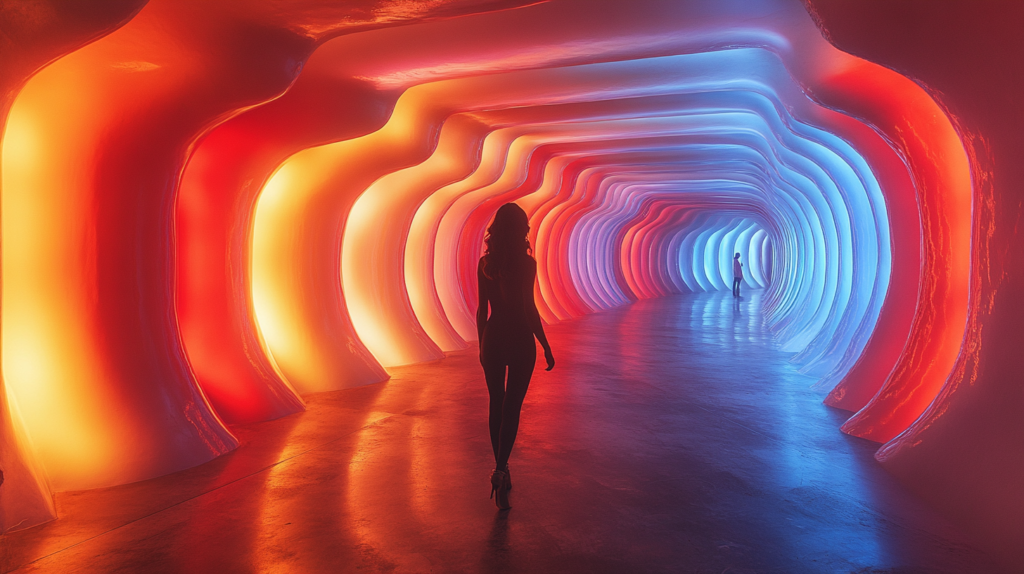
Much like Sol LeWitt’s conceptual wall drawings, where the idea was as significant as the execution, AI-generated art represents an open-ended, evolving concept. It offers a unique experience with every viewing, adapting to audience interaction in digital landscapes. Through VR, AR, and interactive installations, AI-driven art transcends museum walls, inhabiting spaces where audiences become participants, engaging with art as it transforms and grows.
V. Art as Data: The Hidden Patterns of Culture
One of AI’s unique contributions lies in its capacity to process, analyze, and reinterpret vast datasets, revealing insights into cultural patterns and histories. This data-driven approach allows for novel perspectives, making connections across cultures and time periods, and identifying recurring themes. By treating art as data, AI becomes a powerful tool for exploring human expression from new angles.
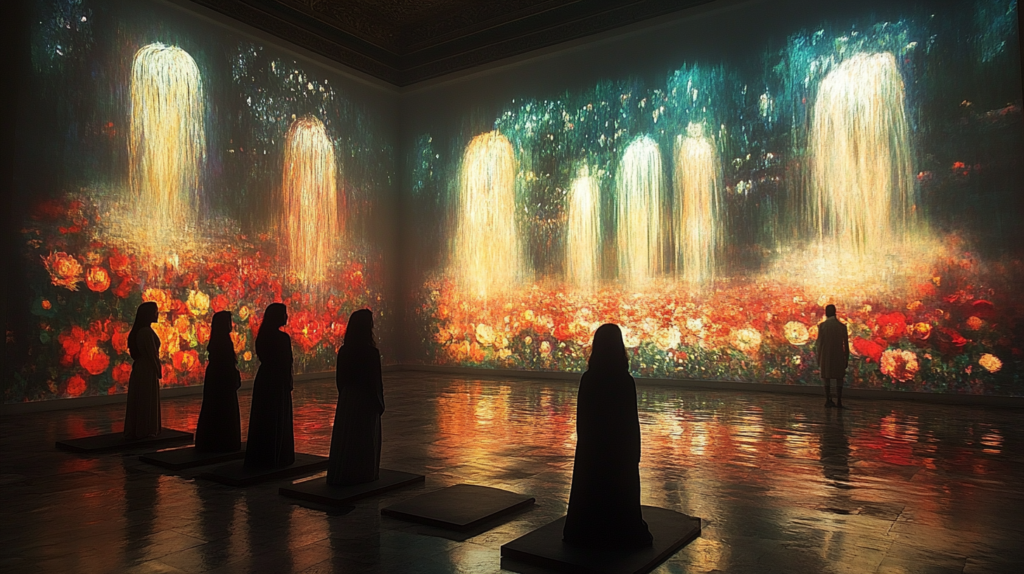
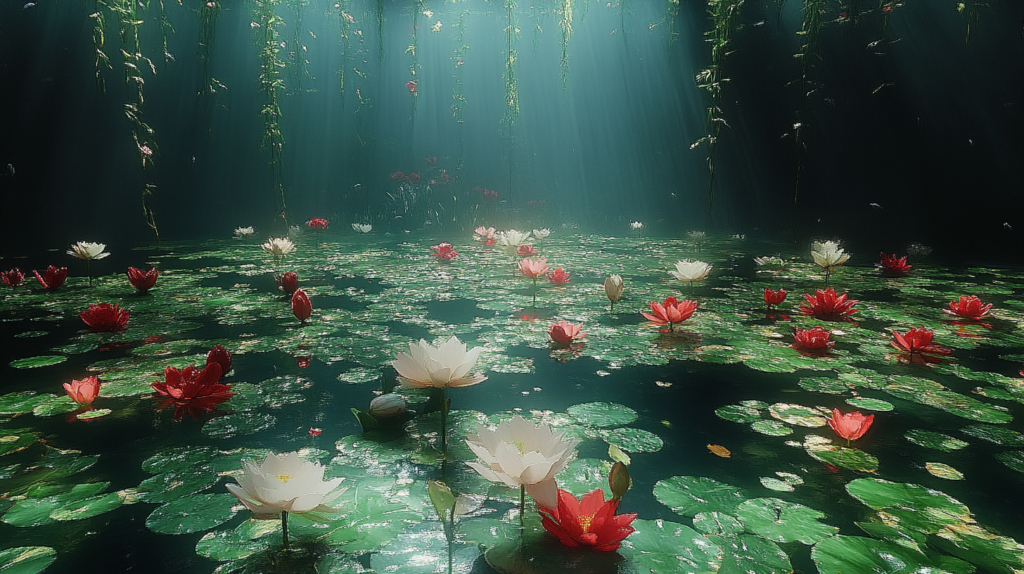
Just as impressionists like Claude Monet revolutionized visual perception by focusing on light and color, AI offers a fresh lens through which we can view and reinterpret art history. It serves both as artist and analyst, not only generating new forms but also enhancing our understanding of the past, inviting us to consider how we define and interpret meaning in an interconnected, globalized world.
VI. Ethical and Philosophical Reflections: Responsibility in the Age of AI
As AI becomes integral to the creative process, ethical considerations are more relevant than ever. Algorithms are shaped by the data they are trained on, carrying forward biases, injustices, and inequalities. Artists and technologists must, therefore, consider inclusivity, diversity, and respect for varied perspectives in their work with AI.
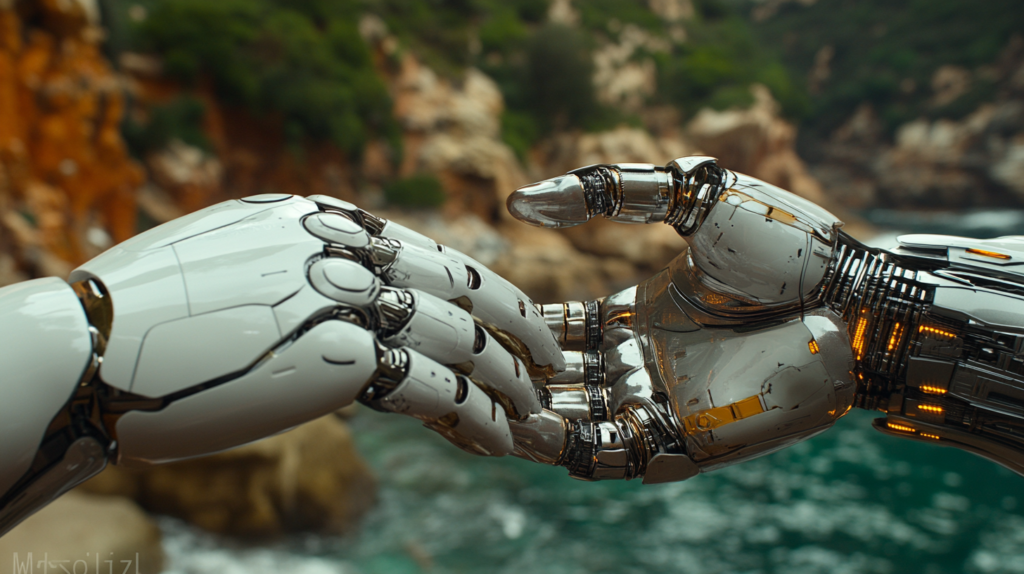
Transparency is essential in building trust, and artists working with AI are encouraged to disclose its role, making visible the relationship between human and machine. Echoing the conceptual art movement’s focus on process and intention, AI-based art should foreground ethical awareness, aiming to foster a more inclusive digital culture.
VII. AI and the Democratization of Artistic Tools
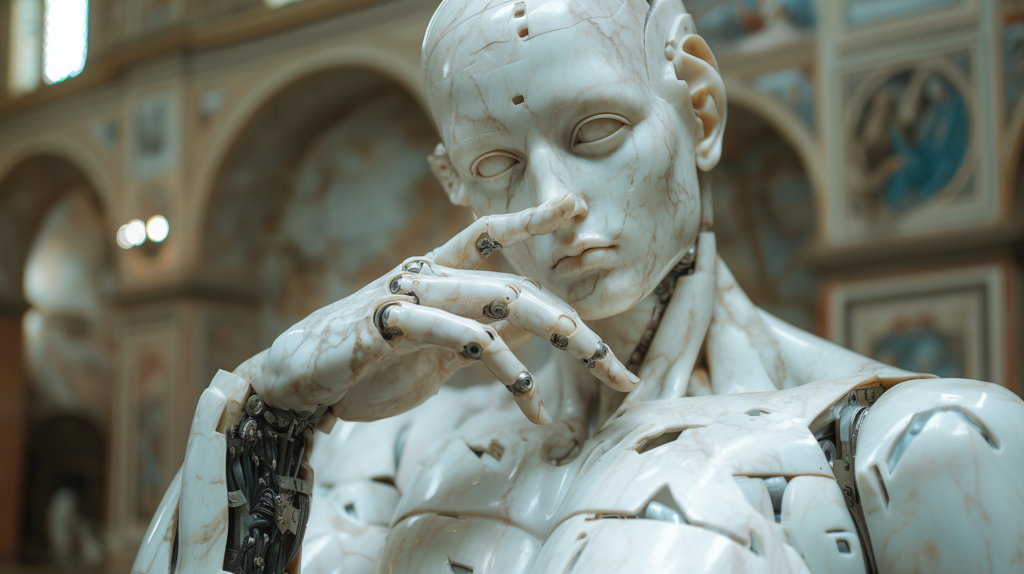
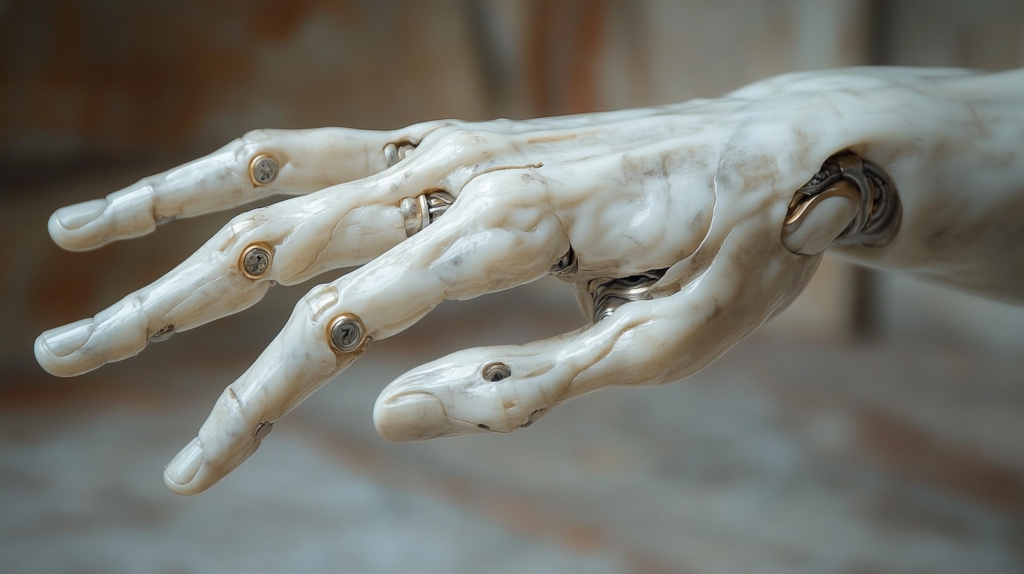
AI’s potential to democratize art lies in its ability to provide access to tools once limited to those with extensive training or resources. Just as the printing press democratized literature, AI enables broader access to creative processes, fostering an ecosystem that welcomes diverse voices.
However, this democratization also presents risks, as control of AI tools often lies with large corporations, potentially restricting access. Ensuring that these technologies remain open and accessible is essential for a diverse, vibrant creative ecosystem, empowering anyone with the curiosity to engage in artistic exploration.
VIII. Preserving and Reimagining Cultural Heritage with AI
AI holds powerful potential for preserving and reimagining cultural heritage. Through digital restoration and simulation, AI offers new ways of interacting with historical artifacts, bridging past and present, creating dialogues that resonate across time.
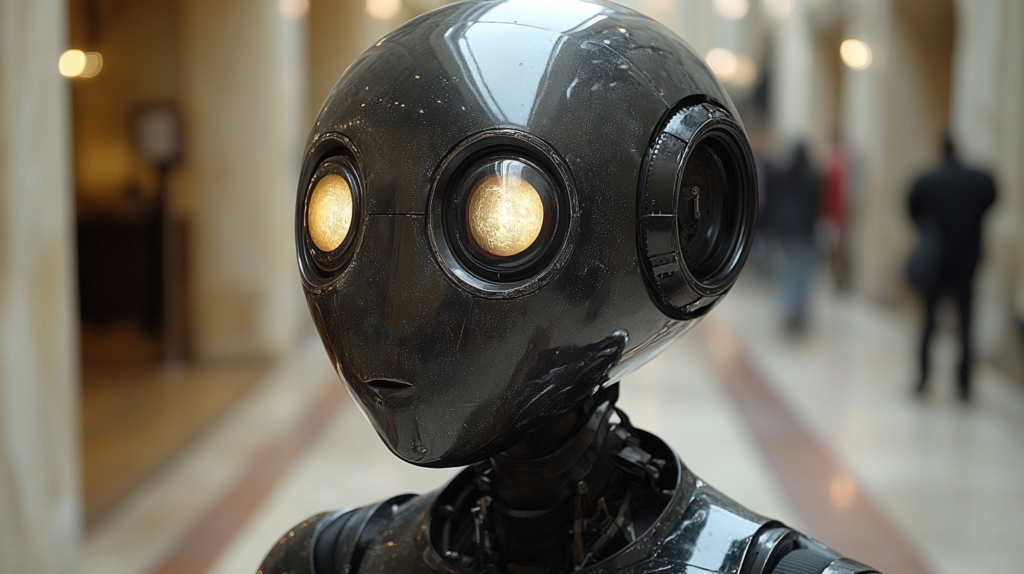
Just as cultural heritage was central to movements like Arts and Crafts, AI enables reinterpretations of art, fostering discussions between historical and contemporary perspectives. In this way, AI functions as a bridge, ensuring that cultural memory remains alive, relevant, and continuously engaging.
IX. The Algorithmic Aesthetic: Control, Chance, and Complexity
AI introduces an aesthetic born from computational logic, where control and chance intersect to produce unexpected beauty. This aesthetic is unique to machine-driven processes and invites artists to balance agency with randomness, embracing both structure and unpredictability.
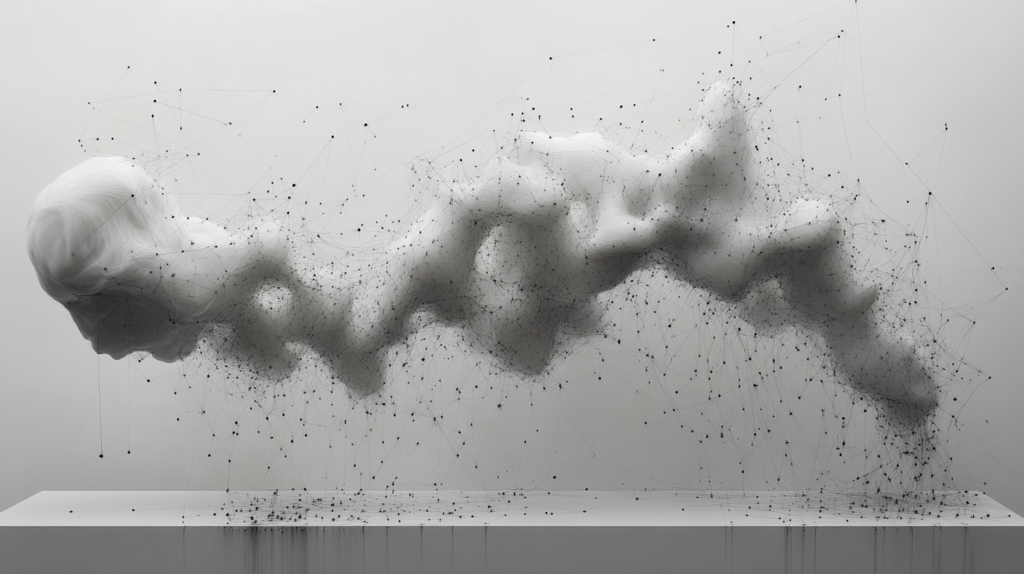
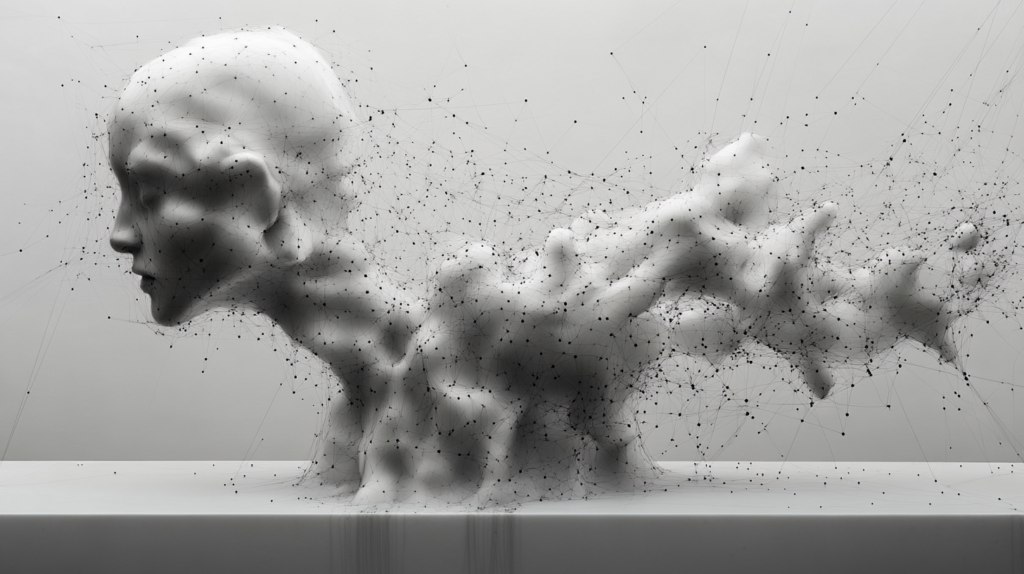
Inspired by Surrealism’s embrace of chance and the subconscious, AI-driven art taps into the power of algorithms to introduce a layer of spontaneity. This dynamic interplay allows for a new type of creative exploration, where artists navigate through an ever-shifting landscape shaped by both human intent and machine variation.
X. Toward a Cultural Movement: AI Art as a New Genre
AI art is emerging as a distinct genre, blending machine intelligence, data interpretation, and human creativity. This movement reflects the interconnectedness of our digital age, where art, science, and technology coalesce into a new cultural form. AI-driven art invites us to reflect on our understanding of humanity and creativity, questioning the boundaries of originality, beauty, and meaning in a world increasingly influenced by technology.
Conclusion: Welcoming the Future
As AI reshapes the creative landscape, this manifesto invites artists, technologists, and audiences to embrace its transformative possibilities. AI has the power to deepen our understanding of creativity, enrich cultural expression, and democratize the art world. Yet, as we do so, it is crucial to remember that artificial intelligence, despite its advancements, still lacks true emotional understanding and the capacity to feel as humans do. Thus, the creation of alternate realities, such as in metaverses, should not be seen as a substitute, but as an extension of interpersonal connections and human imagination.
In the spirit of exploration, we invite artists to dive into AI-driven creativity, to challenge its boundaries, and to engage with its possibilities. This new era calls us to think as mindful creators of human experience, where virtual worlds can evoke deep emotions and expand our understanding of ourselves. At the intersection of human ingenuity and machine intelligence, we envision a future brimming with potential—a vibrant, ethical, and inclusive era for art in the age of AI, where the human remains at the center of creation.
To conclude, it is important to recognize that time will become our final frontier, as envisioned by Danny Hillis in The Clock of the Long Now. In a hyper-connected world, where time seems to expand and multiply through new technologies, we are left to reflect on the true value and meaning of this finite resource. AI, with its constant acceleration, challenges us to balance digital immediacy with human pacing, where patience and reflection retain their central role. This manifesto closes with an invitation for artists, technologists, and audiences to consider AI-assisted creation as a means for deep dialogue, where time is a silent collaborator, shaping creativity with intention and respect for the human experience.
References
- Plato. (1992). The Republic. (G. M. A. Grube, Trans.; C. D. C. Reeve, Rev.). Hackett Publishing Company. (Original work published ca. 380 BC)
- da Vinci, L. (1490-1495). Various Treatises on Painting, Sculpture, and Architecture. Royal Collection of Windsor Castle.
- Benjamin, W. (2008). The Work of Art in the Age of Mechanical Reproduction. (J. A. Underwood, Trans.). Penguin Books. (Original work published 1935)
- Norman, D. (2004). Emotional Design: Why We Love (or Hate) Everyday Things. Basic Books.
- Duchamp, M. (1957). The Creative Act. Session on the Creative Act, Convention of the American Federation of Arts, Houston, Texas.
- Paik, N. J. (1965). Experiments in Art and Technology. [Institution repository/archive].
- Monet, C. (1926). Water Lilies Series. Musée de l’Orangerie, Paris.
